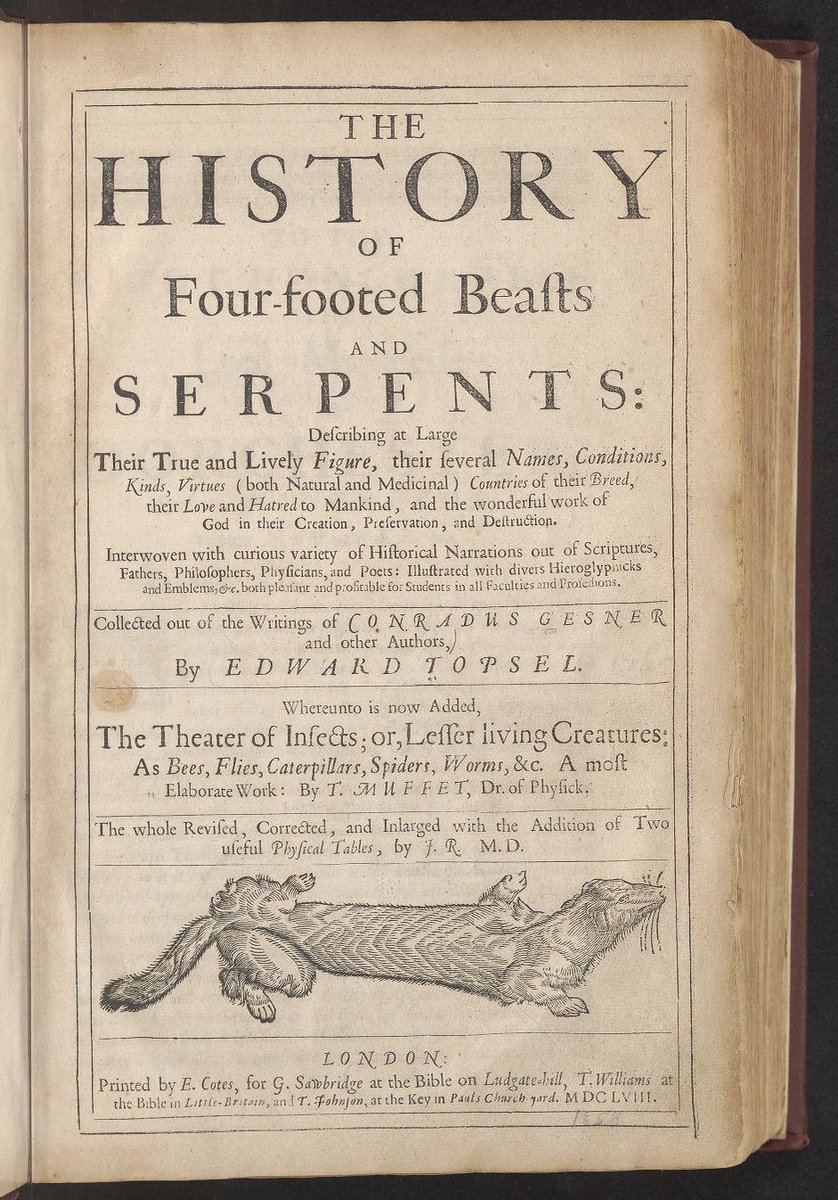For a few years now, but ESPECIALLY codified this semester, I allow students Revise & Resubmit options on essay writing assignments- I give substantive writing feedback, grade accurately, and let them know they can R&R and/or apply the feedback to subsequent assignments... (1/N)
Yes, it's a substantial amount of work for me BUT since some of the same issues come up a lot, I have a bank of "pro-tips" I can pull from- so I am not LINE-EDITING their essays, so much as highlighting examples & giving them broadly applicable pro-tips... (2/N)
Common themes of feedback:
1) Identifying & prioritizing recent, scholarly sources (differentiating primary, secondary, tertiary sources and when & how to use them).
2) Weaving citations together WITHIN paragraphs.
3) STRONG TOPIC SENTENCES. (3/N)
1) Identifying & prioritizing recent, scholarly sources (differentiating primary, secondary, tertiary sources and when & how to use them).
2) Weaving citations together WITHIN paragraphs.
3) STRONG TOPIC SENTENCES. (3/N)
AND this creates a dialogue between the students and me throughout the semester. Especially with online teaching, we can build a rapport in which students feel seen, supported, & known. And I can celebrate how they are applying the pro-tips, guiding student meta-cognition. (4/N)
The revise & resubmit approach means that As are within reach throughout the semester. No one poor performance sinks them, they can always recover, and I am here to support that as an educator. (5/N)
After all- Revise and Resubmit is at the HEART of our scholarship as researchers, why can't we put that same heart into our scholarly teaching? (6/N)
All of this is to say, I am grading final essays for my class right now, & these are the strongest, most integrative cohort of essays I've seen. I am so proud of my students for their hard work & applying lessons and thankful that I prioritized facilitating this approach (7/N).
I do want to say:
I only teach 1-2 writing intensive courses a term
I only have writing intensive courses for 60 or fewer students (total N of students across writing-intensive courses a term).
I can read very quickly.
Otherwise it would be hard to sustain. (8/N)
I only teach 1-2 writing intensive courses a term
I only have writing intensive courses for 60 or fewer students (total N of students across writing-intensive courses a term).
I can read very quickly.
Otherwise it would be hard to sustain. (8/N)
• • •
Missing some Tweet in this thread? You can try to
force a refresh














